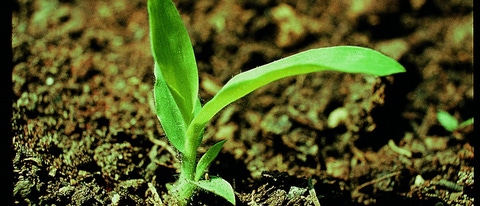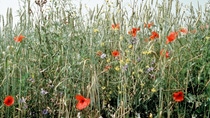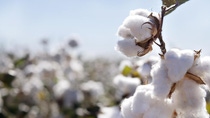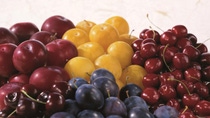Agriculture
Sustainability
Given the global scale of agriculture as our primary food source, its environmental footprint is greater than that of other industries. The challenge for farmers worldwide today is to balance these factors to achieve sustainable growth. Glufosinate-ammonium plays a crucial role in helping protect crops and yields, and its more than 30-year track record of safe use when applied according to label instructions demonstrates that it is possible to achieve a balance between the needs of the environment, economy and society.
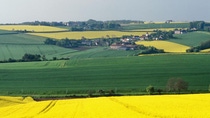
Glufosinate-ammonium: an important part of modern agriculture
The herbicide offers highly effective weed control against a broad variety of weeds, reducing manpower, tractor use and ground disturbance. This makes it more resource-efficient in terms of energy consumption due to reduced use of machinery, giving it a low carbon footprint. Additionally, the herbicide is not significantly active in soil and is rapidly degraded by micro-organisms.
Glufosinate-ammonium ensures greater and higher quality yields for numerous crops such as fruits, vegetables, corn and soybeans, the most important food sources according to the Food and Agriculture Organization of the United Nations.
The herbicide provides farmers with a critical tool for controlling weeds, ensuring more efficient and less labor-intensive production. For many growers of vines and orchards for example, Glufosinate-ammonium is the only tool to fight weeds after the crops flower, making the herbicide vital for sustaining the farm.
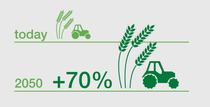
Did you know?
- Global population will rise to 9.1 billion people by 2050. Farmers will have to produce 70% more food during the same period, on the same amount of land.
- There are thousands of weed species that pose a danger to harvests. If left untreated, weeds can cause an average global yield loss of up to 34%.1
- Every 1% of lost production in the Spanish strawberry and citrus sector caused by a restriction of Glufosinate-ammonium would result in losses of more than €100 million.
1Oerke, E. (2006). Crop losses to pests, Journal of Agricultural Science 144(1): 31–43.
